
Nighttime Lights, Data, Action
Illuminating a Sustainable Future Through Light Data Close your eyes and imagine yourself on the moon. It is night, and before you, the glow of

Illuminating a Sustainable Future Through Light Data Close your eyes and imagine yourself on the moon. It is night, and before you, the glow of

New discovery in skull and brain development has implications for greater understanding of evolution of reptiles and birds.
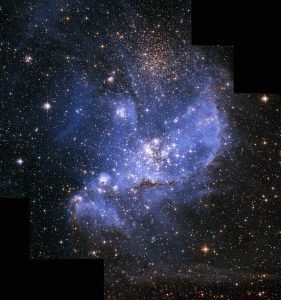
The Milky Way Galaxy has long been studied as a model for other galaxies in the universe. However, Yale professor Marla Geha is part of a collaboration exploring just how different the Milky Way might actually be.

American and South Korean scientists have developed carbon nanotube yarns that convert twisting and stretching motions into electrical signals. The applications range from wearable sensors to harnessing the energy of ocean waves.
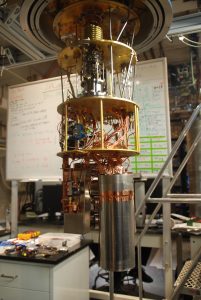
Quantum computing is harnessing the power of quantum mechanics to achieve computational feats once thought impossible. In the Schoelkopf Lab at the Yale Quantum Institute, the effort to experimentally design a quantum computer is moving quickly, and a recent finding shows promise in coupling qubits to sound waves.
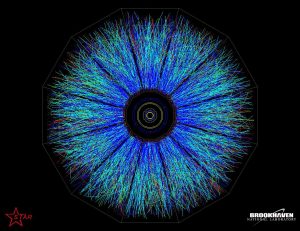
Just moments after the big bang, all matter existed in a state called the quark-gluon plasma. Yale professor Helen Caines and her group work with the STAR collaboration, together aiming to discover the properties of our universe this early in its history.
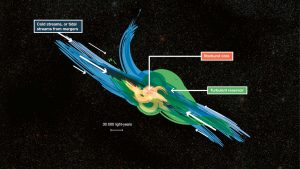
A long time ago, in galaxies far, far away, stars were churned out at unprecedented rates: over 100 solar masses were produced annually. These luminous,
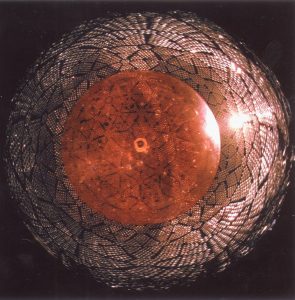
In the time it takes you to read this sentence, more than 100 billion neutrinos from the sun will pass through your fingertip. You’re not
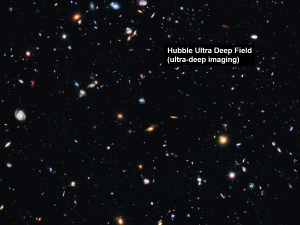
Since the dawn of humankind, our sights have always been drawn towards the stars, and as technological innovation continues to bolster our curiosity, our knowledge

The world is filled with chaos: the coffee you drink is a mixture of scattered particles swirling in random motion, ships are thrown to-and-fro by sudden bad weather, and wind blows your bike off course. A recent study demonstrates how this chaos can be reduced into a simple graph that can illustrate when, and how, chaos will strike.
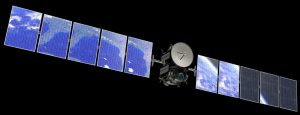
For hundreds of years, researchers have thought that organic materials reach planets by traveling on asteroids and comets. New data from the Dawn Spacecraft on the dwarf planet Ceres leads to a surprising result: instead of coming from the outside, organics may sometimes come from within.
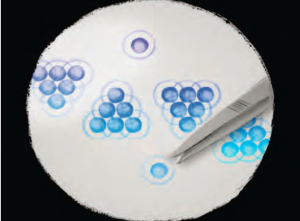
A team of researchers at IBM have succeeded in using a new method of chemical synthesis to create a previously non-synthesizable molecule called triangulene. Both this molecule and its method of synthesis are promising in the budding quantum age.